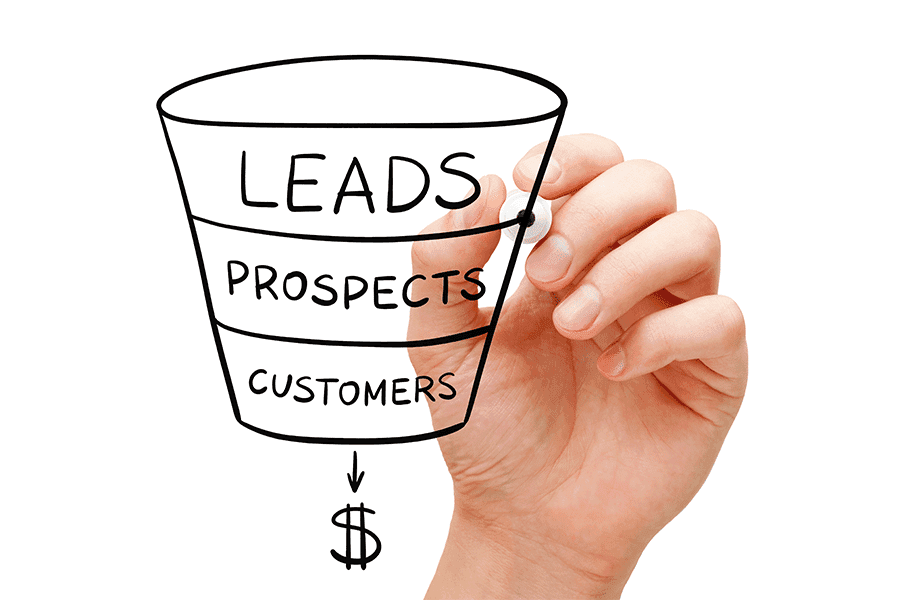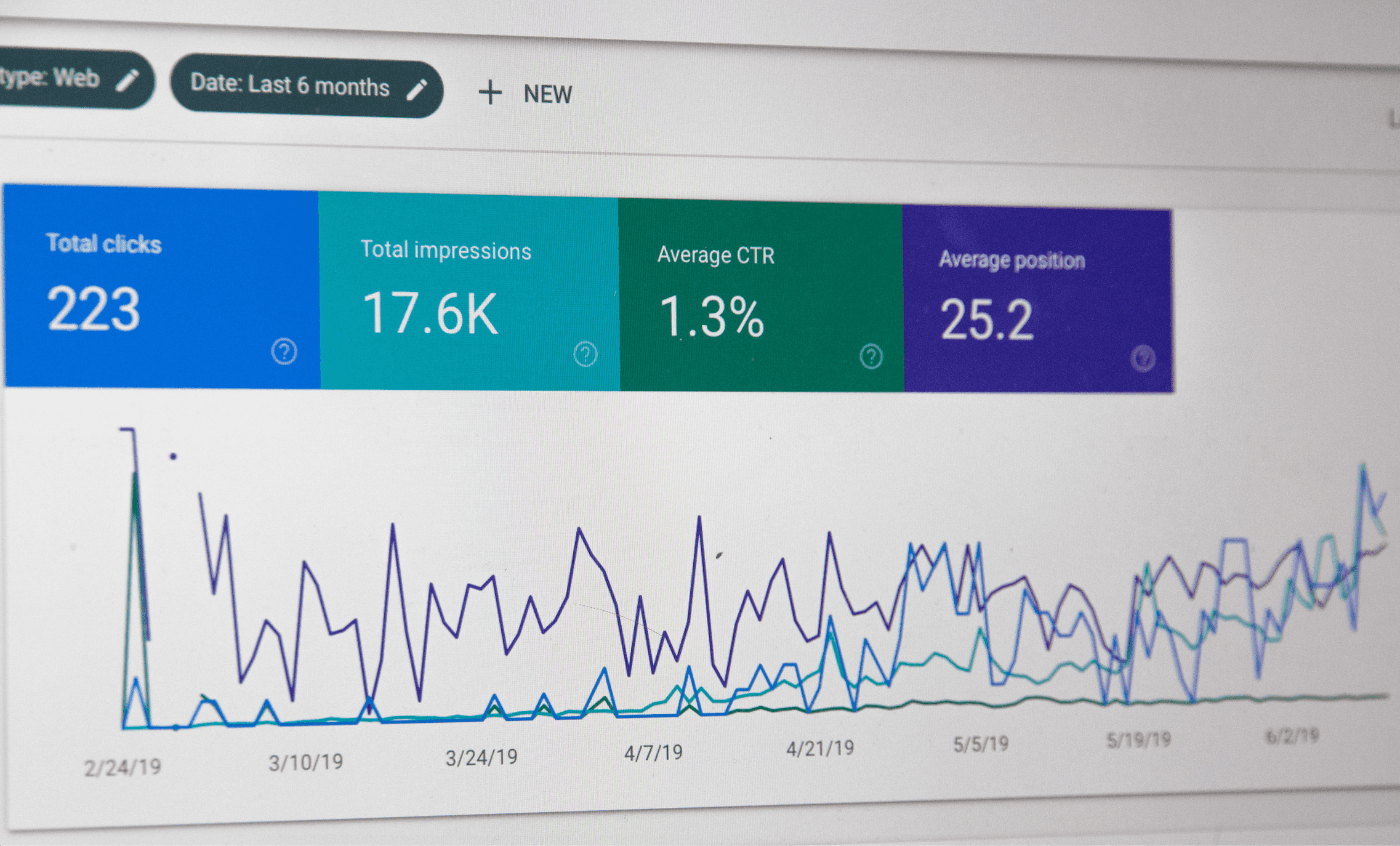ChatGPT Copywriting: How to Generate Marketing Copy that Gets Results With ChatGPT
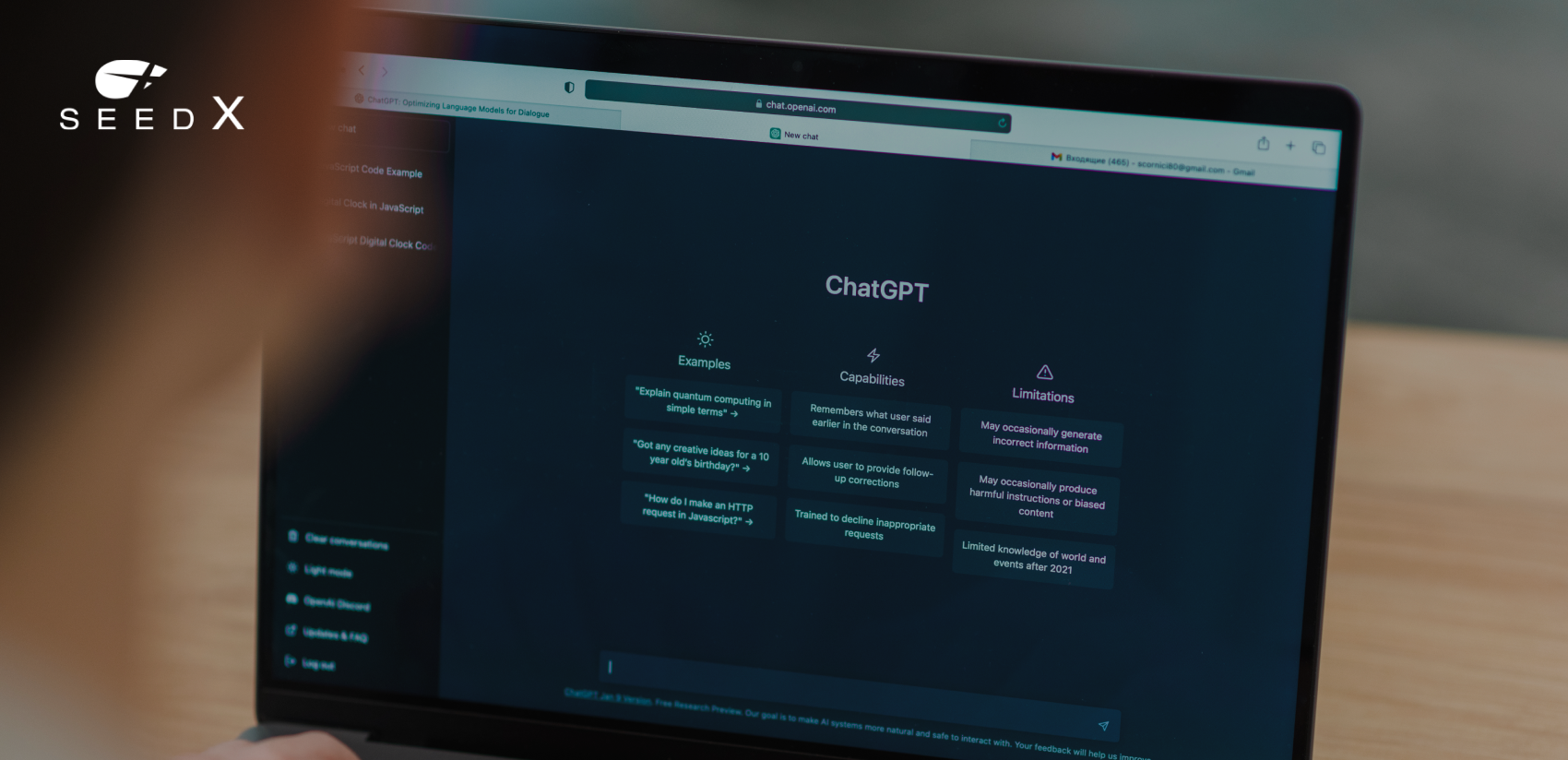
ChatGPT is a double-edged sword for marketers, and there are varied sentiments about what it can and cannot accomplish.
On one end, writers are afraid that AI can mimic their writing style and are afraid of replacement. Designers are worried that as AI improves, they will no longer be needed to create images. Heck, even developers are worried that they might be phased out by AI-created websites and apps.
However, that’s just one side of the coin. On the other extreme, marketing directors, executives, and business owners are happy that they can use AI to cut costs. AI can also help them increase productivity and reduce turnaround time on projects.
The question then becomes, “What’s the middle ground?” How can we get the best of AI and human ingenuity without compromising on expected standards? At SeedX, we believe that AI is a complementary tool and not a replacement for human creativity and skills.
In this blog post, we will show you how you can use ChatGPT to create content and how to balance it with the existing human resources within your organization. By the end, we hope you see how it is an asset in your organization and discover amazing use cases for copywriting.
Let’s take a closer look.
Coming up:
Advantages of Using ChatGPT for Marketing Copy
Best Practices for Creating Copy with ChatGPT
How to Create Attention-Grabbing Headlines with ChatGPT
How to Develop Persuasive Product Descriptions with ChatGPT
How to Write an Effective Call to Action with ChatGPT
What Marketing Channels Are Great for ChatGPT Copy?
Ensuring Consistency and Brand Voice in Marketing Copy
Advantages of Using ChatGPT for Marketing Copy
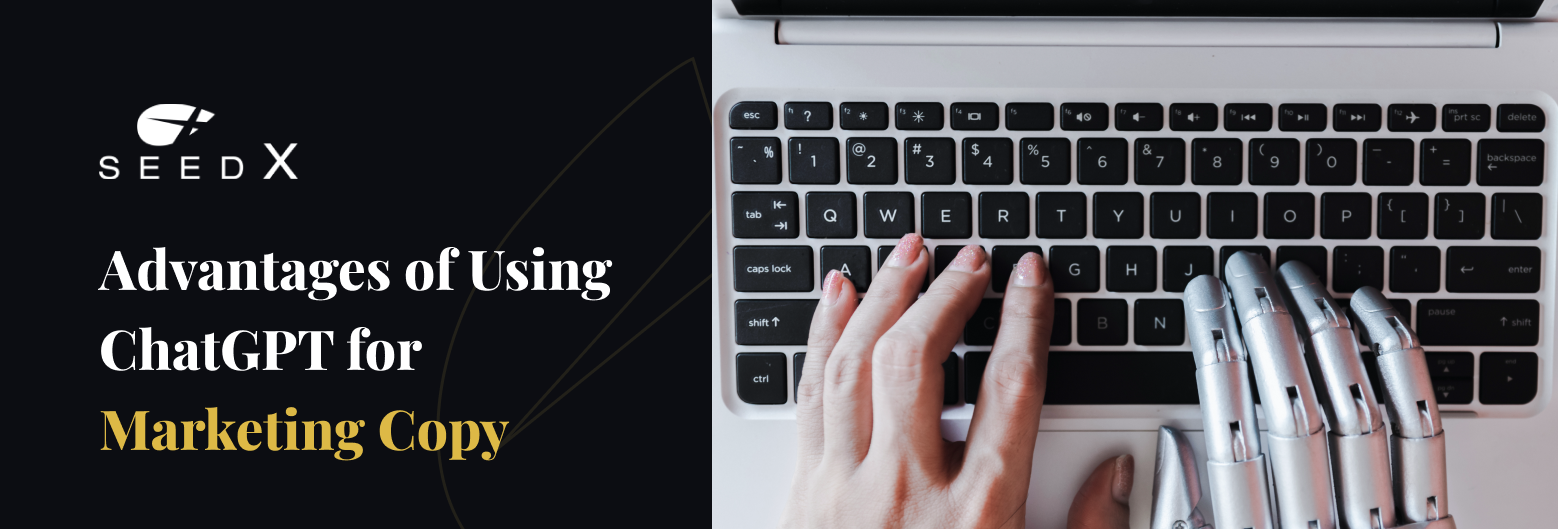
One of the primary advantages of utilizing ChatGPT for marketing copy is increased efficiency. ChatGPT can generate text at a rapid pace, saving time and effort compared to manual content creation. This efficiency allows marketers to focus on other important aspects of their campaigns, such as strategy and analysis.
Furthermore, ChatGPT brings a new level of creativity to marketing copy generation. With its ability to generate unique and innovative content, ChatGPT can help marketers break free from conventional patterns and explore fresh ideas. This creativity can lead to more engaging and memorable marketing messages, enhancing brand visibility and customer engagement.
Scalability is another significant benefit of using ChatGPT. Whether businesses need a small batch of content or large-scale copy generation, ChatGPT can handle the workload efficiently. Its scalability enables marketers to adapt to changing demands and maintain consistency across multiple channels and touchpoints.
Best Practices for Creating Copy with ChatGPT
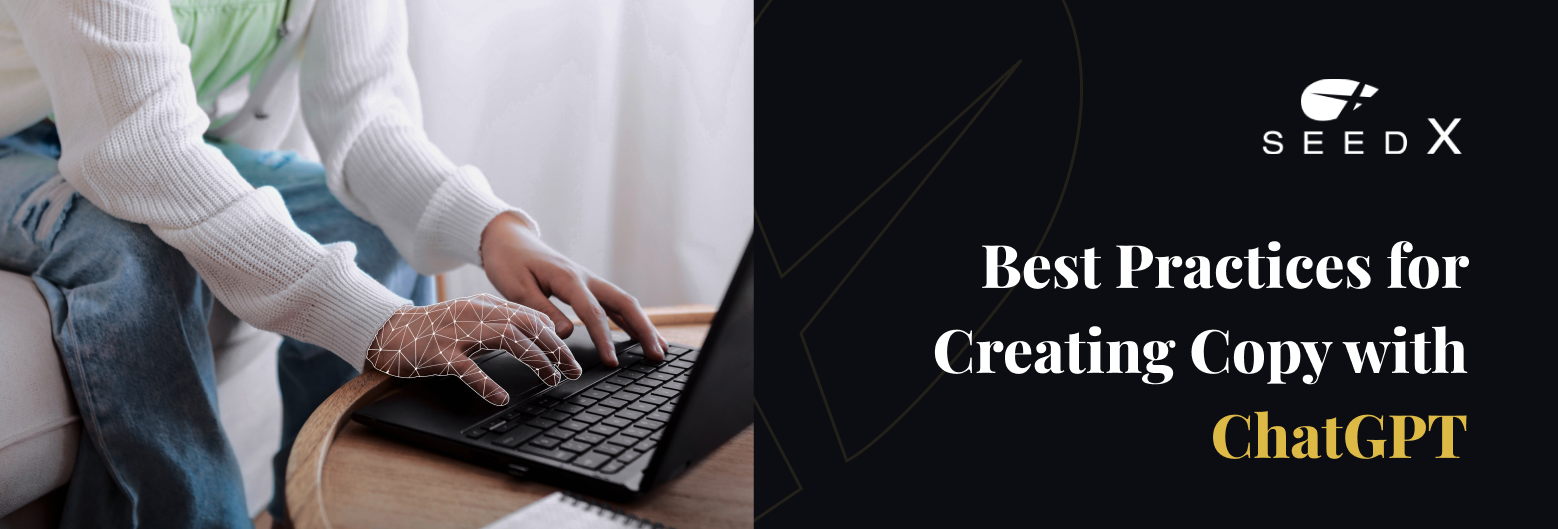
To utilize ChatGPT effectively for marketing copy, there are some best practices you need to consider.
1. Provide clear instructions and prompts to ChatGPT – This will ensure that it generates content aligned with the desired goals and messaging. Iterative refinement is also crucial, you can fine-tune the output by guiding ChatGPT with feedback and incorporating human input.
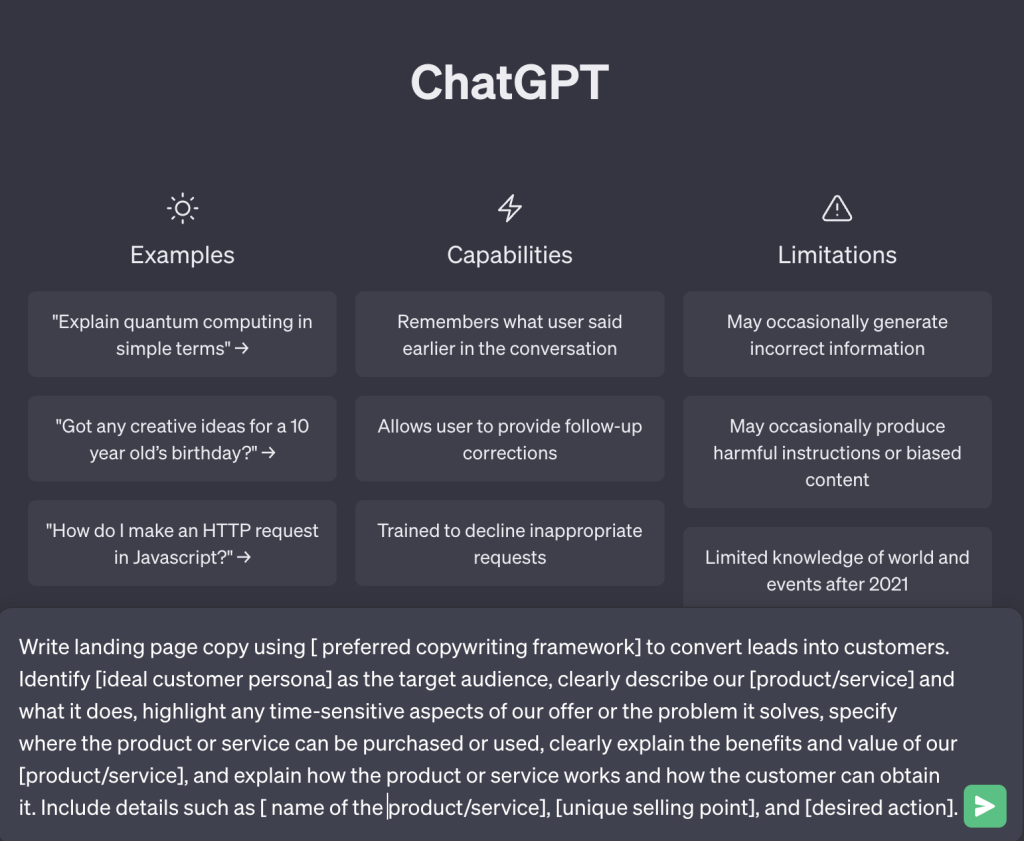
2. Use ChatGPT as a starting point rather than a final product. Combining the generated content with human creativity and editing helps refine the text, ensuring it aligns with brand guidelines, tone, and style. Adding your own thoughts to the content can also help increase its E-E-A-T (Experience, Expertise, Authoritativeness, Trustworthiness) signals for Google ranking.
3. Maintain ethical considerations when using AI-generated content. Adhering to legal and ethical guidelines ensures responsible use and fosters trust with the audience. In specific contexts, you should let your audience know that the content has been auto-generated and may, therefore, not be accurate. For instance, consider a medical blog that readers rely on for medical advice.
How to Create Attention-Grabbing Headlines with ChatGPT

Creating attention-grabbing headlines is crucial for all types of content and as easy as it seems, sometimes you just need some inspiration to get you started. With ChatGPT, you can access powerful techniques that can help you generate impactful headlines.
– Provide clear instructions: One approach to generating compelling headlines with ChatGPT is to provide clear instructions and prompts that highlight the desired tone, style, and target audience. By guiding ChatGPT to understand the purpose and context of the headline, you can enhance its ability to generate attention-grabbing content.
– Experiment with different versions: Another technique is to experiment with different headline structures and formats. ChatGPT can assist in generating variations of headlines, such as question-based, list-style, or intriguing statements. By exploring these diverse approaches, you can easily find out which headline formats resonate best with your target audience and drive higher engagement.
– Optimize your copy: Once you have headline options, don’t forget to test and optimize them. This will help you to gather insights into which headlines generate higher click-through rates, engagement, or conversions. By analyzing the data and iterating on the headline generation process, you can continually refine and optimize their headlines for maximum impact.
– Test different variations: Remember, testing and optimization can also be done using ChatGPT. You can ask it to analyze two different headlines and tell you which might perform better based on headline writing techniques even before you test on an audience. You can also ask ChatGPT to improve already existing headlines for better results.
How to Develop Persuasive Product Descriptions with ChatGPT
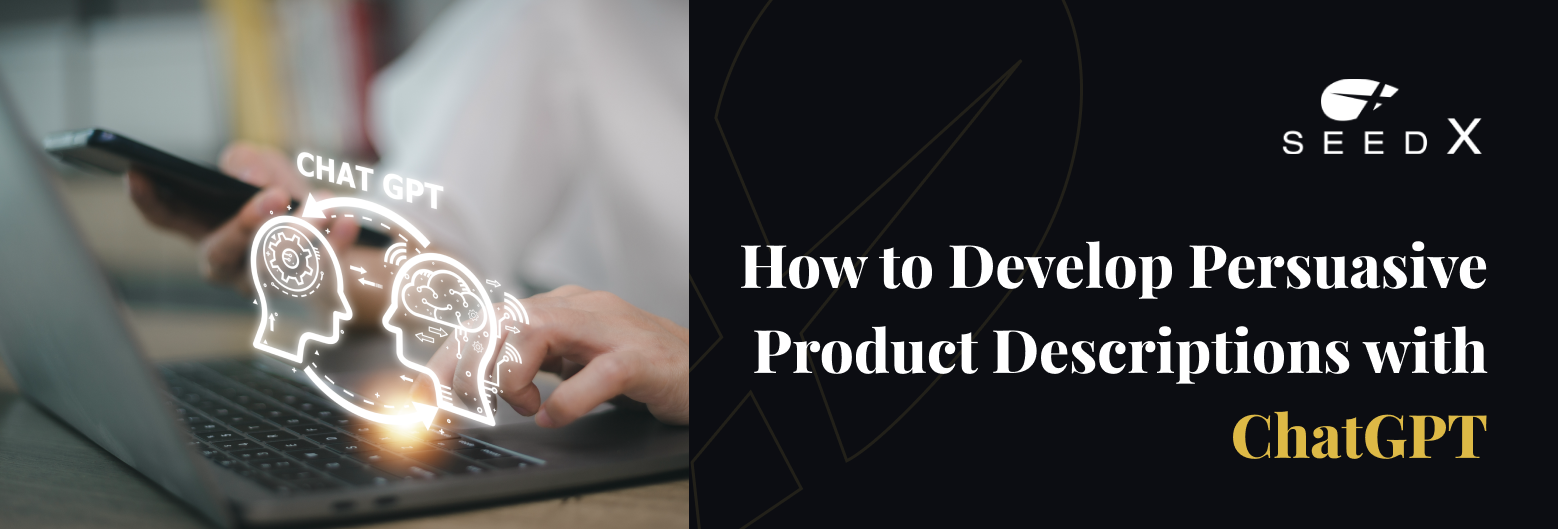
Developing persuasive product descriptions is crucial for effectively showcasing the value of a product, and ChatGPT can be a valuable tool in this process. There are key components that contribute to compelling product descriptions.
– Emphasize the benefits of the product: By highlighting how the product solves a problem or fulfills a need, you can connect with the audience on a deeper level and demonstrate the value it brings.
– Address pain points: Identifying the challenges or frustrations that potential customers may face and positioning the product as a solution creates a sense of relevance and urgency. By addressing these pain points directly, you can establish a strong connection with the audience and demonstrate how the product can improve their lives.
– Incorporate storytelling techniques: ChatGPT can assist in generating narratives or anecdotes that evoke emotions and engage the audience. Weaving a compelling story around the product can help you captivate the readers’ attention and make the product more relatable and memorable.
– Also, remember to incorporate sensory details, vivid imagery, and persuasive language, which help paint a vivid picture of the product’s features and benefits, evoking a strong desire in the audience.
How to Write an Effective Call to Action with ChatGPT
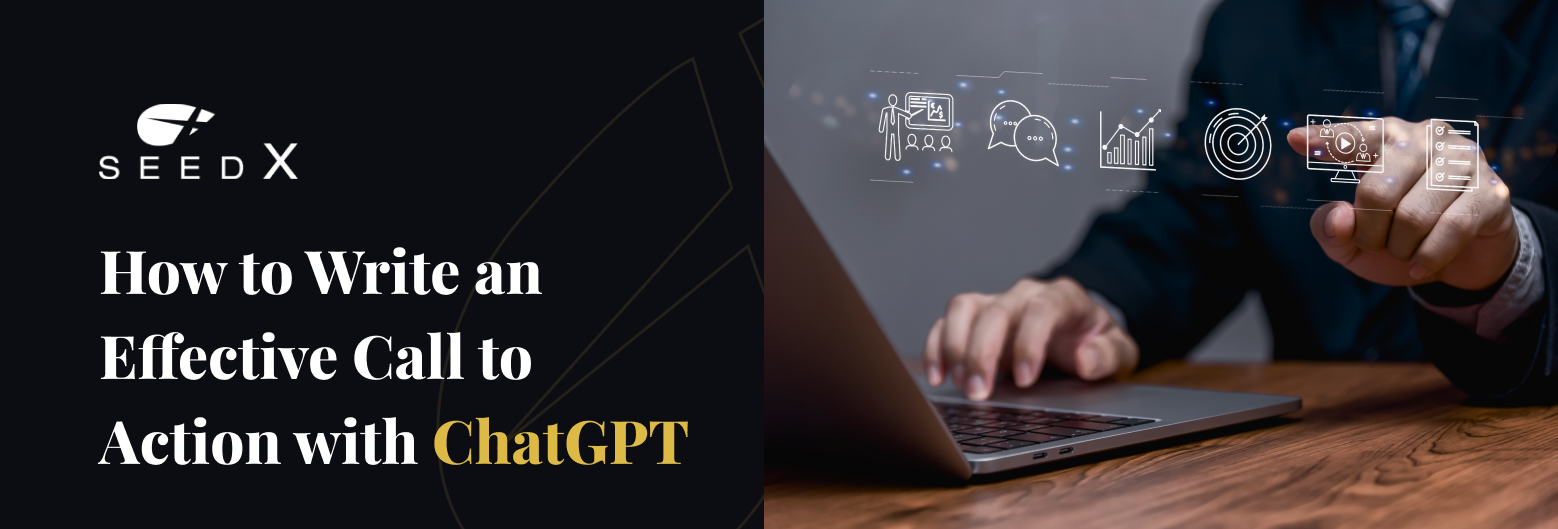
A call to action can make or break your conversions; hence it is important to get it right. With ChatGPT, marketers can utilize various techniques to generate persuasive calls to action that motivate the audience to take desired actions.
– Specify the desired action and outcome: ChatGPT can assist in generating time-sensitive language or incorporating limited-time offers, exclusive deals, or countdowns to prompt immediate action. By leveraging this technique, marketers can instill a sense of urgency in the audience, increasing the likelihood of conversion.
– Use persuasive language: Experiment with different wording, strong verbs, compelling adjectives, and concise phrases that convey a clear value proposition and motivate action. And after you have created CTAs, don’t forget to test and optimize.
What Marketing Channels Are Great for ChatGPT Copy?
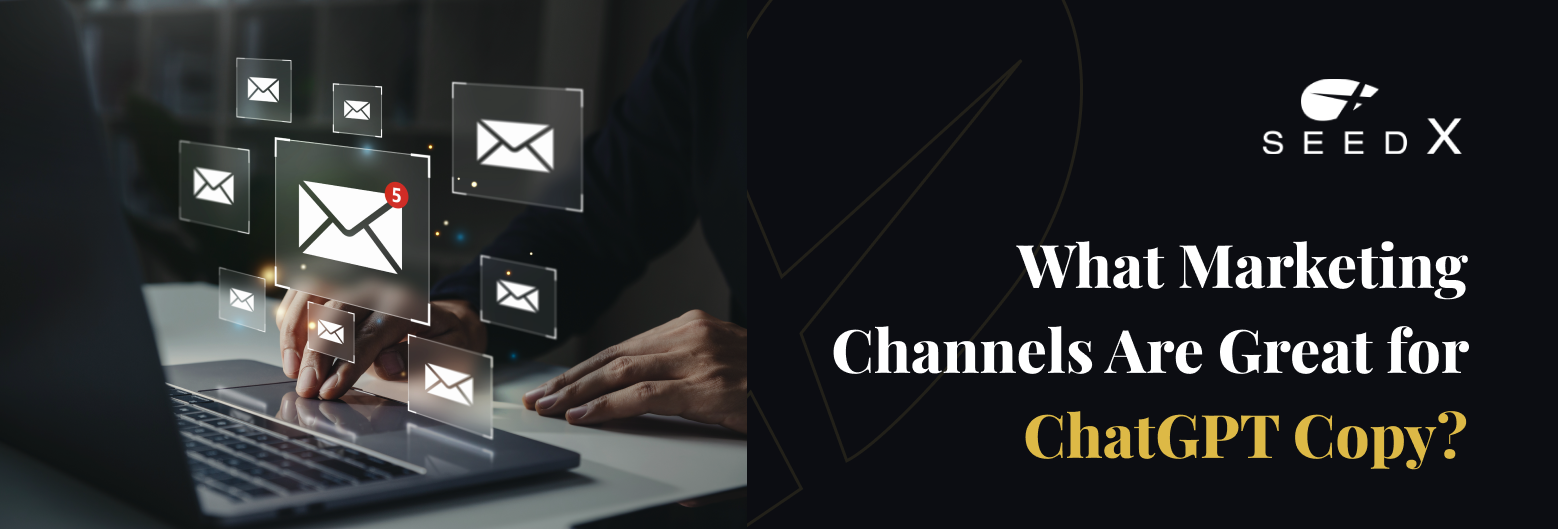
When it comes to utilizing ChatGPT for marketing copy, its versatility shines through across various channels and touchpoints:
– Social media: With ChatGPT, you can leverage its capabilities to generate concise and engaging social media copy that captures attention and encourages engagement.
– Email marketing: You can use ChatGPT to create personalized emails, effective marketing campaigns, and even email sequences.
– Website copy: From captivating headlines to persuasive product descriptions, you can use ChatGPT to generate text that resonates with the target audience, effectively communicating the value proposition and encouraging desired actions.
However, it’s important to note that relying exclusively on ChatGPT for SEO purposes may have limitations. The discussion around AI-generated content on platforms like Google raises considerations regarding authenticity. While ChatGPT can support the creation of high-quality content, it’s essential to balance its usage with human input and ensure that the generated copy aligns with ethical guidelines and search engine policies.
Ensuring Consistency and Brand Voice in Marketing Copy
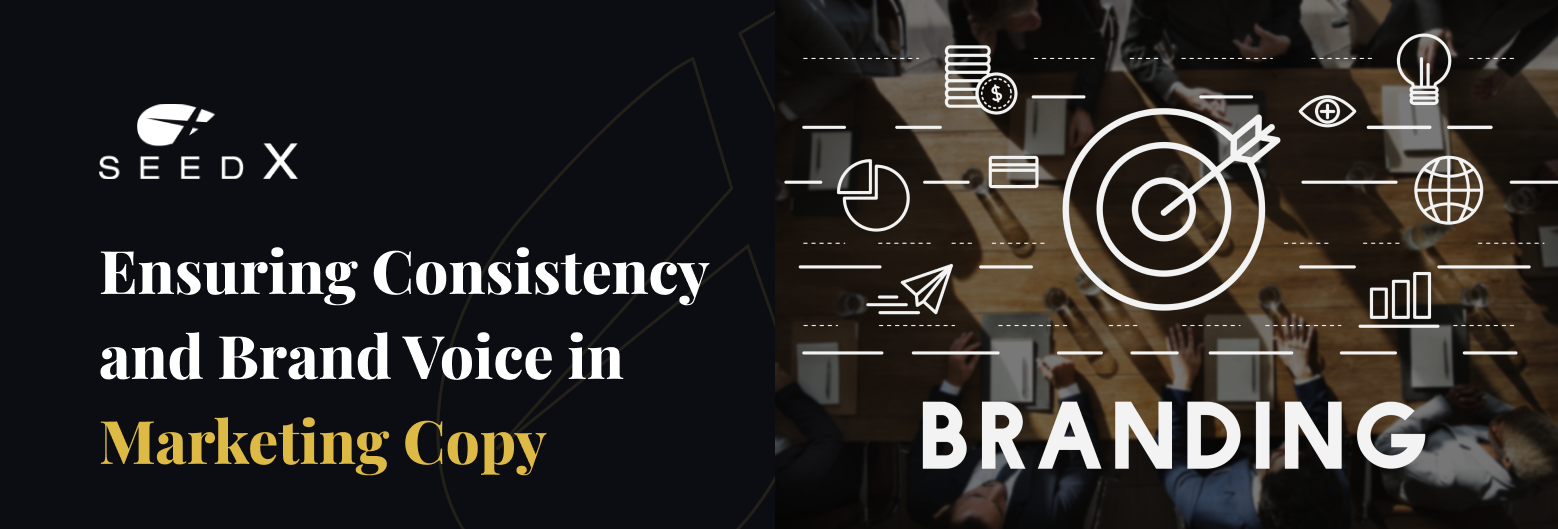
ChatGPT is great when producing content. However, its biggest limitation lies in maintaining a cohesive brand voice. In order to overcome this hurdle, you need to train ChatGPT to adhere to your brand’s specific voice and style guidelines. To ensure consistency, we recommend that you:
– Provide ChatGPT with examples of existing marketing copy: By exposing ChatGPT to these materials, it can learn the brand’s preferred language, tone, and style, allowing it to generate content that closely aligns with the established brand voice.
– Specify your brand’s voice: ChatGPT can be guided to emulate the brand’s tone of voice by providing explicit instructions and prompts that reflect the desired language style, whether it’s friendly, professional, authoritative, or casual. By consistently reinforcing these guidelines during the content generation process, you can maintain the brand’s voice and ensure that the generated marketing copy resonates with the target audience.
– Always review auto-generated copy: Continuously review and refine all ChatGPT outputs in order to catch errors. Don’t be afraid to make adjustments as you deem necessary because, at the end of the day, you have a better feel for your brand’s content and messaging style. This iterative process of feedback and refinement will help ChatGPT align with the brand’s voice and style over time.
Conclusion

Overall, don’t let a disdain for AI stop you from using ChatGPT as a valuable tool to enhance your marketing copy. Experiment with it, and unlock new possibilities for your workflow. The truth is, for better or for worse, AI technology is here to stay, and as it continues to advance, we can anticipate an even greater impact on marketing practices. Therefore, the faster we adapt, the better we will be able to leverage the technology for improved performance.
Did you enjoy our take on ChatGPT copywriting? Get marketing news and the latest updates delivered directly to your inbox. Sign up for our newsletter today.






